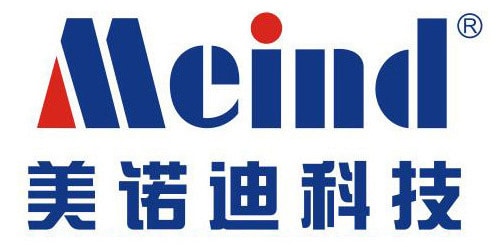If you’re in the market for a power inverter, you’ve probably noticed that there are a ton of options out there—and some seem like a steal. But here’s the truth: many of these low-cost inverters have serious quality issues, especially when it comes to delivering the wattage they promise.
At Meind, we’re all about making high-quality power inverters that perform exactly as advertised.
In this post, we’ll dive into why real wattage matters, the hidden costs of low-quality inverters, and how to make sure you get a product that won’t let you down.
The Problem: Misleading Wattage Claims and Hidden Costs
We recently bought 3pcs “1800W” power inverters from the market for testing. It was advertised as being able to handle 1800 watts.
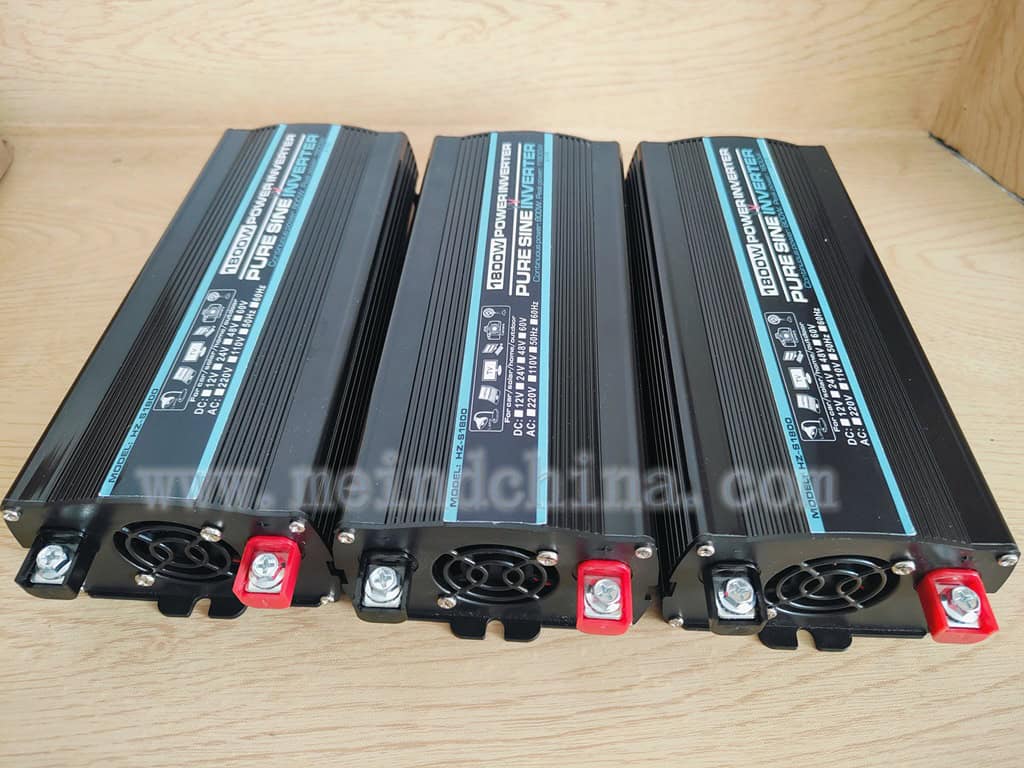
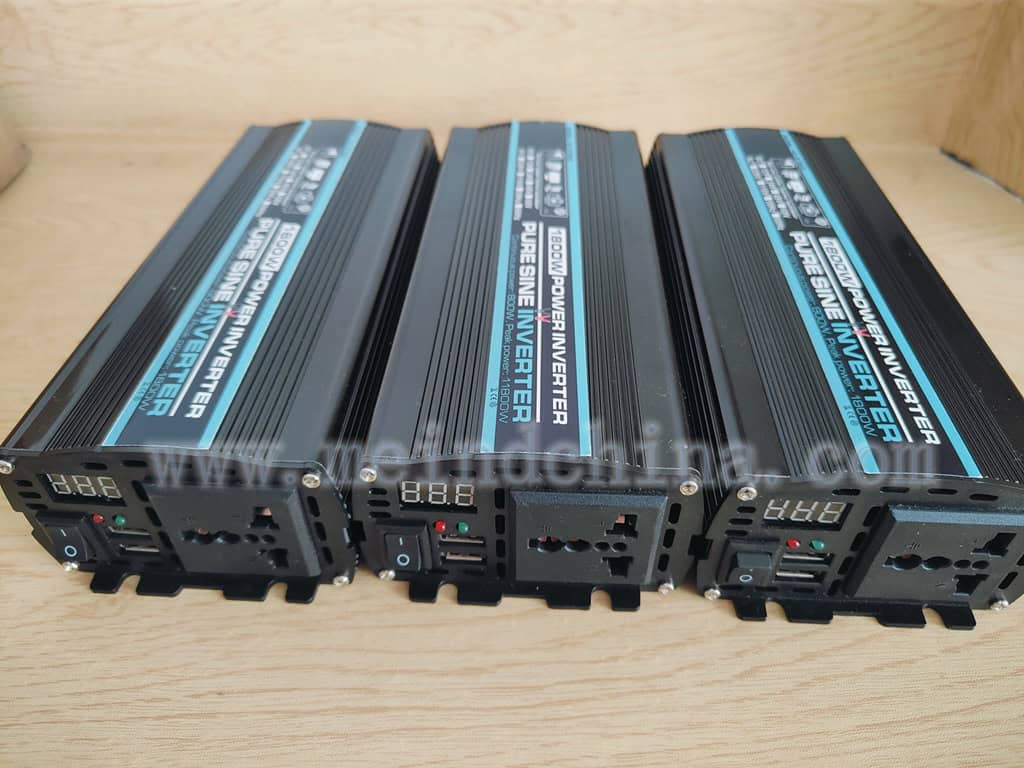
But when we put it through an aging test, it burned out when worked with just 550W loads for a dozen minutes.
And what’s important, no any protections stepped in before the problem.
That’s a huge problem if you’re relying on it to power your devices.
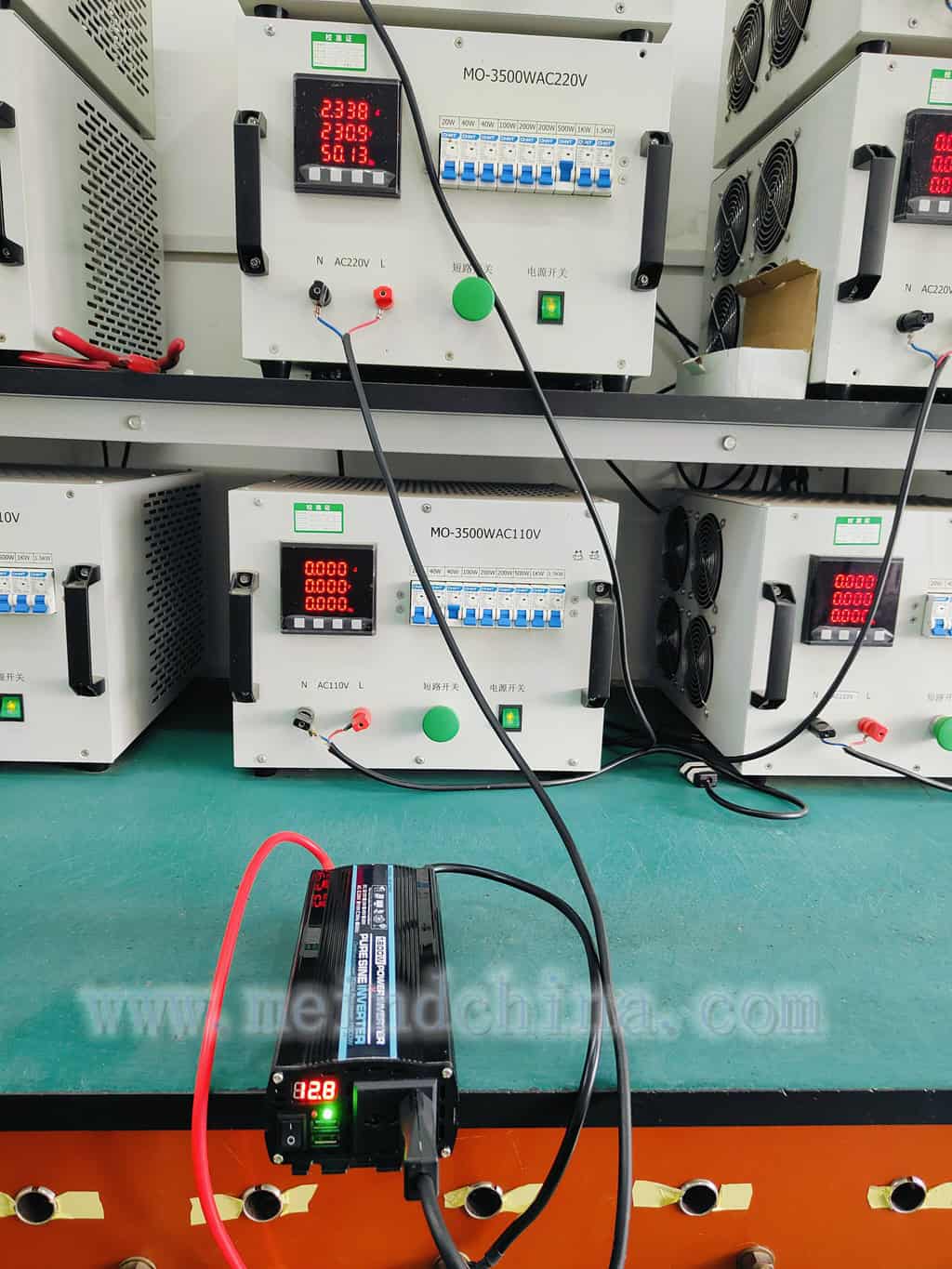
After digging deeper, we found the real continuous output was just only 500W.
(But this manufacturer said it has continuous 800W, peak 1600W output. So that means he lied.)
And here’s the kicker: even though it looked like a great deal at first, the price wasn’t such a bargain once we compared its real output wattage.
When you break it down, watt-for-watt, the price of that low-quality inverter was nearly the same as our high-quality ones.
So, it’s not just the wattage that’s a problem—it’s that you’re not really saving any money.
Plus, the quality of these cheap inverters is unstable, meaning you might have to replace them sooner than expected, costing you even more in the long run.
Why Wattage Accuracy is a Big Deal
So, why does wattage accuracy really matter? Well, if the inverter doesn’t supply the power you need, you’re in for some headaches. Here’s why it’s important:
- Your Devices Need Power: If the inverter can’t deliver the right wattage, your devices won’t run properly. It’s as simple as that.
- Safety Concerns: An inverter that’s pushing beyond its actual capacity can overheat, burn out, or even damage your equipment—or worse, create a fire hazard.
- Durability: Low-quality inverters are less reliable and more likely to fail, forcing you to replace them sooner than expected.
At Meind, we take these issues seriously. That’s why our inverters go through rigorous testing to make sure they meet their stated wattage and can handle real-world conditions without breaking down.
The Hidden Costs of Low-Quality Inverters
While low-quality inverters may seem cheaper upfront, the costs add up quickly. The inverter we tested was marketed as a budget option, but when we compared its actual power output, it was clear that you weren’t really getting more for less.
Let’s do the math.
If you’re only getting 500W of continuous power from an inverter that’s advertised as 1800W, the per-watt cost is almost identical to our high-quality inverters that actually deliver on their promises.
And because the build quality is unstable, you’re likely to replace it sooner, adding more to your total cost over time.
Actually, you may be suprisely to learn that this “1800W” inverter’s price is about the same as our high quality 600W pure sine wave inverter:
600 Watt Inverter Pure Sine Wave DC 12V/24V/48V to AC 110V/220V
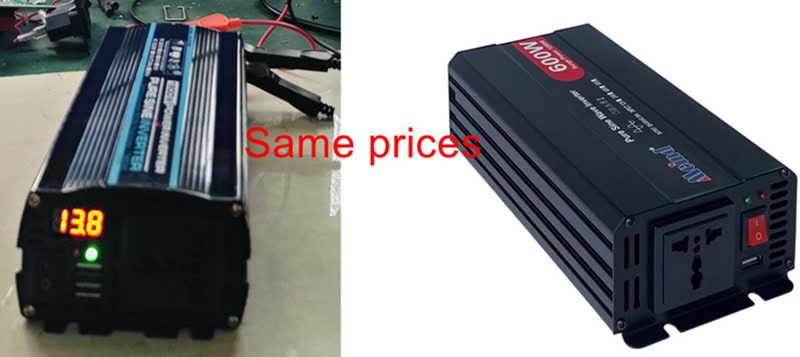
How Meind Inverters Stand Out
At Meind, we believe in delivering exactly what we promise.
When we say an inverter can handle 1800W, it really can—continuously and safely.
Our products go through tough testing to ensure they meet the highest standards for performance and reliability.
Unlike those low-cost, low-quality options, our inverters are built to last, so you won’t find yourself replacing them after just a few months of use.
And because they deliver the wattage you need, you’re getting real value for your money.
How to Spot a Low-Quality Inverter
Except for some normal ways, like checking certifications and reading reviews, we think there are some more practical methods:
- Demand Real Testing: Trusted brands, like us Meind, provide actual test results to show their inverters meet the wattage they advertise.
- Watch Out for Too-Good-to-Be-True Prices: If the price seems way too low for the wattage advertised, take a closer look. As we mentioned, the “cheaper” inverter may not be such a great deal when you compare its real performance.
- Compare the Weight: The real weight is able to uncover its real continuous watts. Like this 1800W inverter, we tested, it has only 1.3 kg, just about the same as our normal 600W inverter. So its real continuous output wattage is only 500W. That makes sense.
Conclusion: Choose Quality, Choose Meind
The power inverter market is flooded with low-quality products that promise more than they can deliver.
Don’t get tricked by inflated wattage claims or false savings.
At Meind, we stand by our products and provide real performance you can count on. Our inverters are built to last and deliver the wattage you need, so you’re never left in the dark.
